Why Dual Light Therapy Hits Triple Negative Breast Cancer Harder
Joel Rosenthal, PhD, from the University of Delaware, discusses a new treatment method for triple-negative breast cancer.
The condition, which occurs in 10% to 20% of all breast cancer diagnoses, can be aggressive and difficult to treat. Rosenthal and colleagues combined two light-activated therapies to treat the condition. Rosenthal said the combination of the two treatments can be more effective than using them individually.
Both treatments use near-infrared wavelengths but work differently in the area of the cancerous tumors. Photothermal therapy uses light-sensitive nanoparticles in the tumor tissue that heat up and burn the cancer cells around them. While it can be an effective treatment method, if the heat is not applied evenly throughout the tumor, the disease can come back. In photodynamic therapy, light causes a toxic form of oxygen to form, which kills the cancer cells. The disadvantage to this option is that it is limited in areas of tumors that don’t have enough oxygen and only works where light can reach, which is just under the skin.
By combining the therapies, patients require lower doses of both agents and lower levels of light.
By Adam HochronVideo Source: Youtube.com
Video Credit: University of Delaware
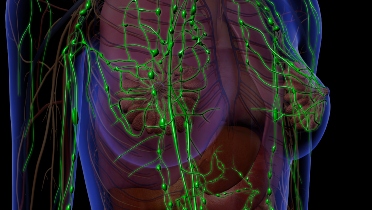
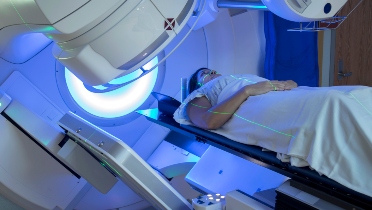
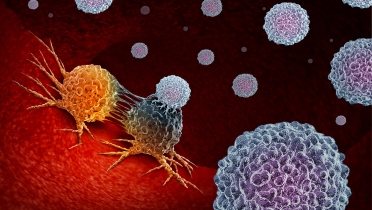

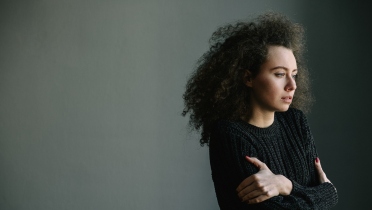
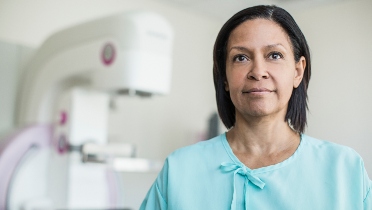

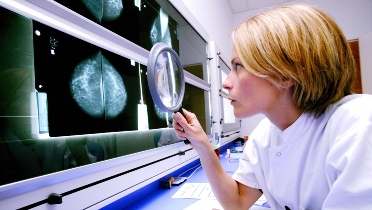




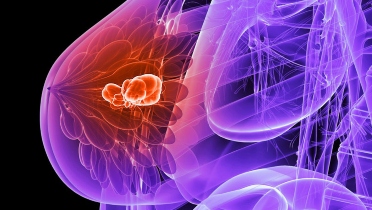
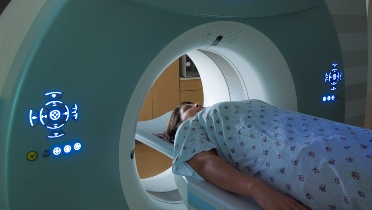
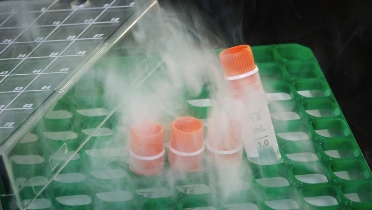
.jpg)
.jpg)
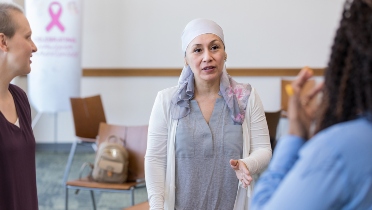
.jpg)
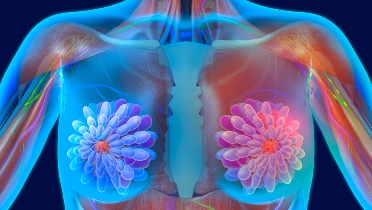
.jpg)
.jpg)


.jpg)
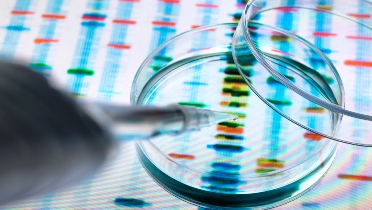
.jpg)
.jpg)
.jpg)
.jpg)

.jpg)

.jpg)
.jpg)
.jpg)
.jpg)
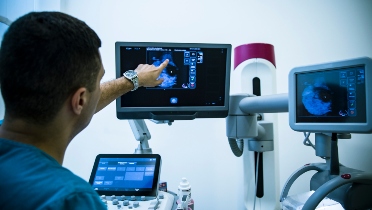
.jpg)
.jpg)
.jpg)
.jpg)
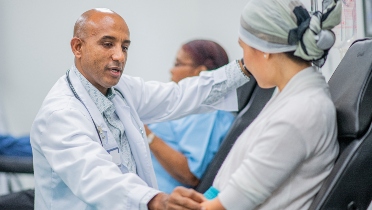
.jpg)
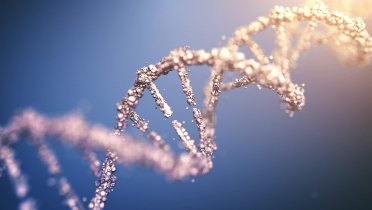
.jpg)

.jpg)
.jpg)
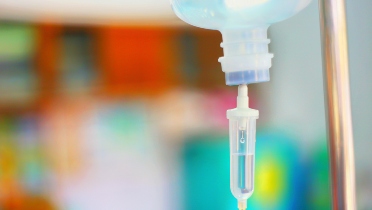
.jpg)
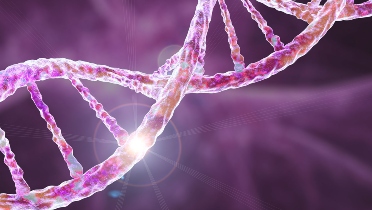
.jpg)
.jpg)
.jpg)
.jpg)


.jpg)
.jpg)
.jpg)
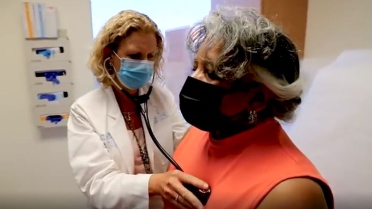
.jpg)
.jpg)
.jpg)
.jpg)


.jpg)
.jpg)
.jpg)
.jpg)
.jpg)
.jpg)
.jpg)
.jpg)
.jpg)
.jpg)

.jpg)
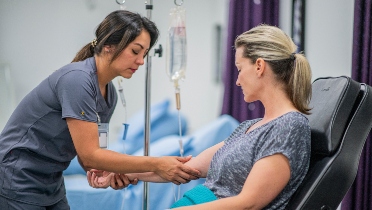
.jpg)
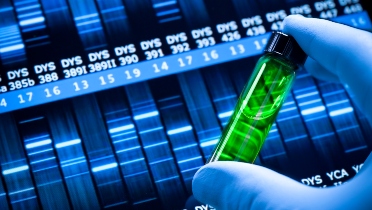
.jpg)
.jpg)

.jpg)
.jpg)
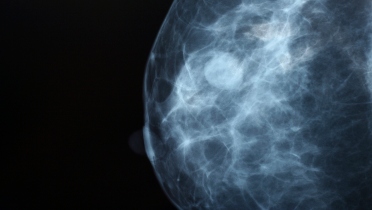

.jpg)
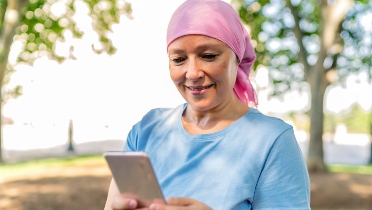

.jpg)
.jpg)
.jpg)
.jpg)
.jpg)
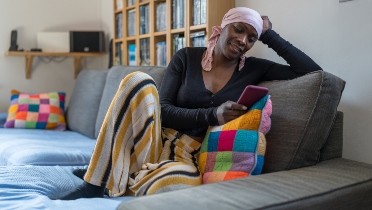
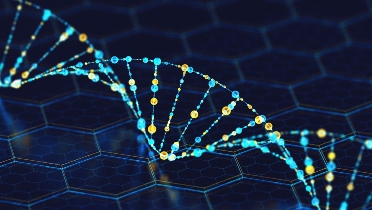
.jpg)
.jpg)
.jpg)
.jpg)
.jpg)
.jpg)
.jpg)
.jpg)
.jpg)
_.jpg)
.jpg)
.jpg)
.jpg)
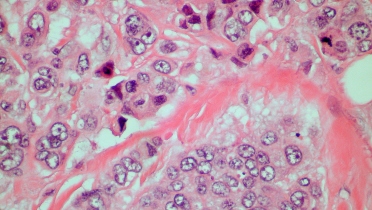
.jpg)
.jpg)

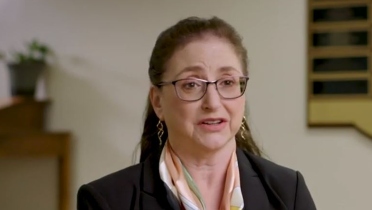
.jpg)
.jpg)
.jpg)
.jpg)
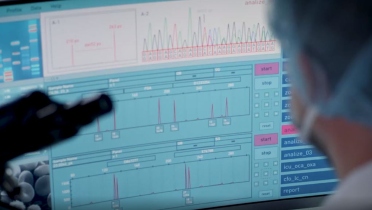
.jpg)
.jpg)
.jpg)
.jpg)
.jpg)
 Featured Breast Cancer Videos
Featured Breast Cancer Videos.jpg)